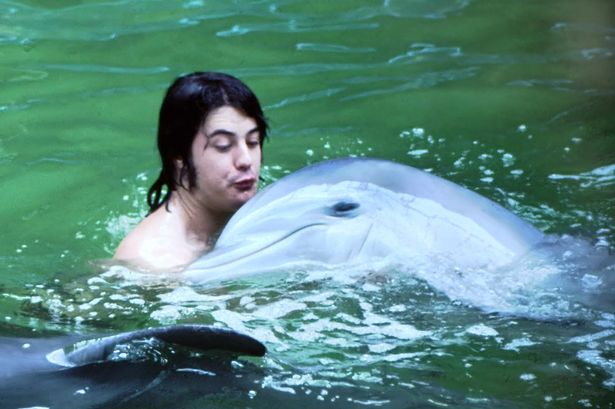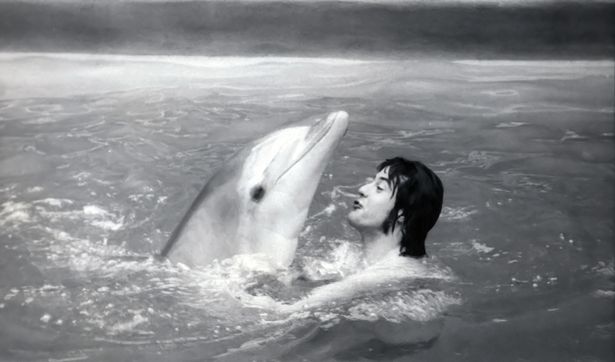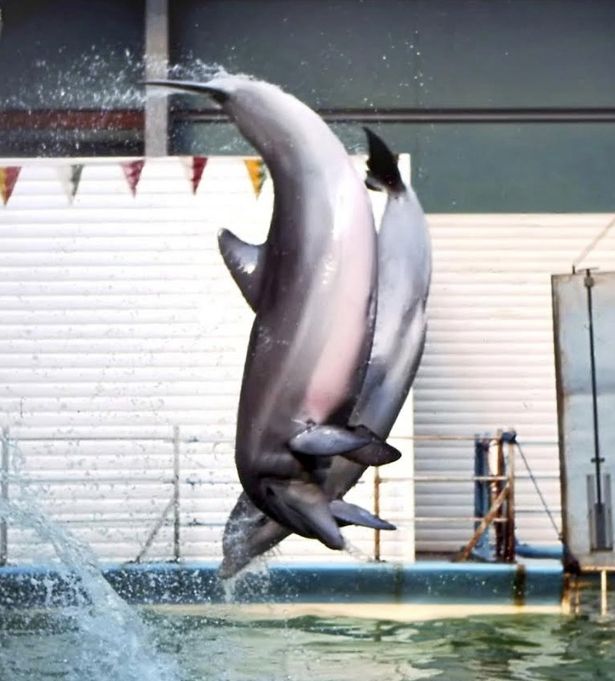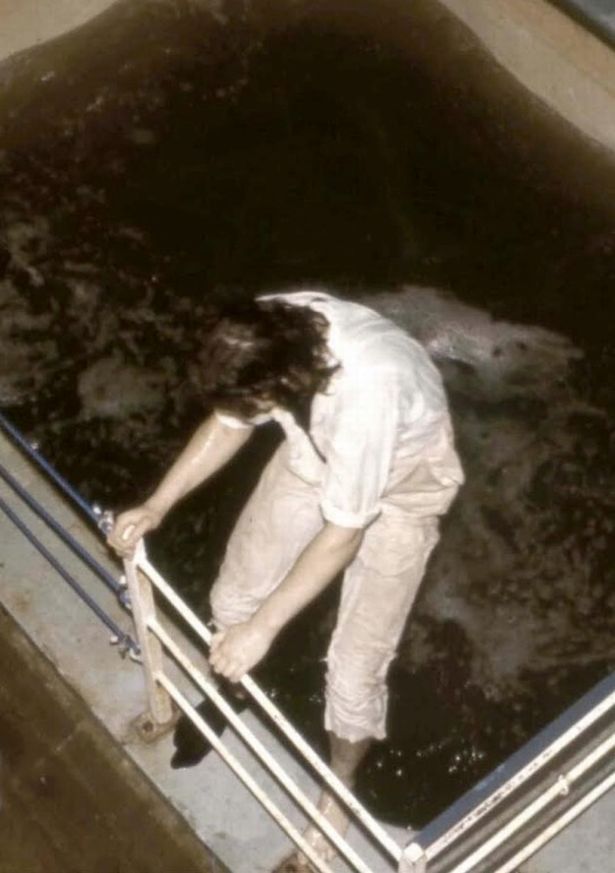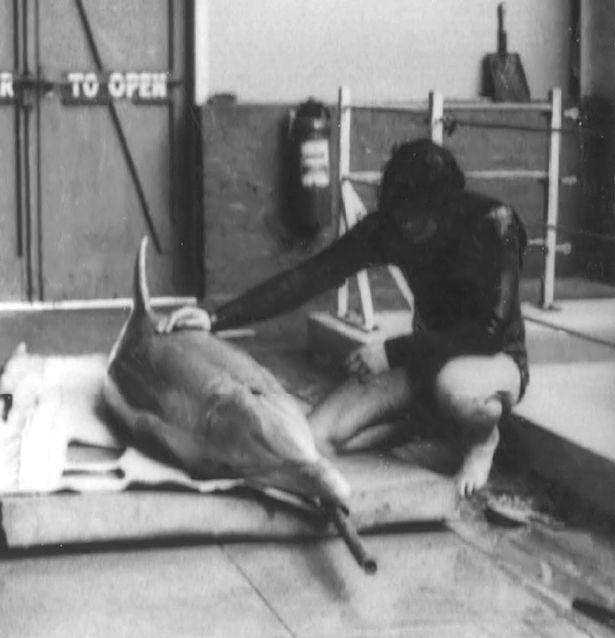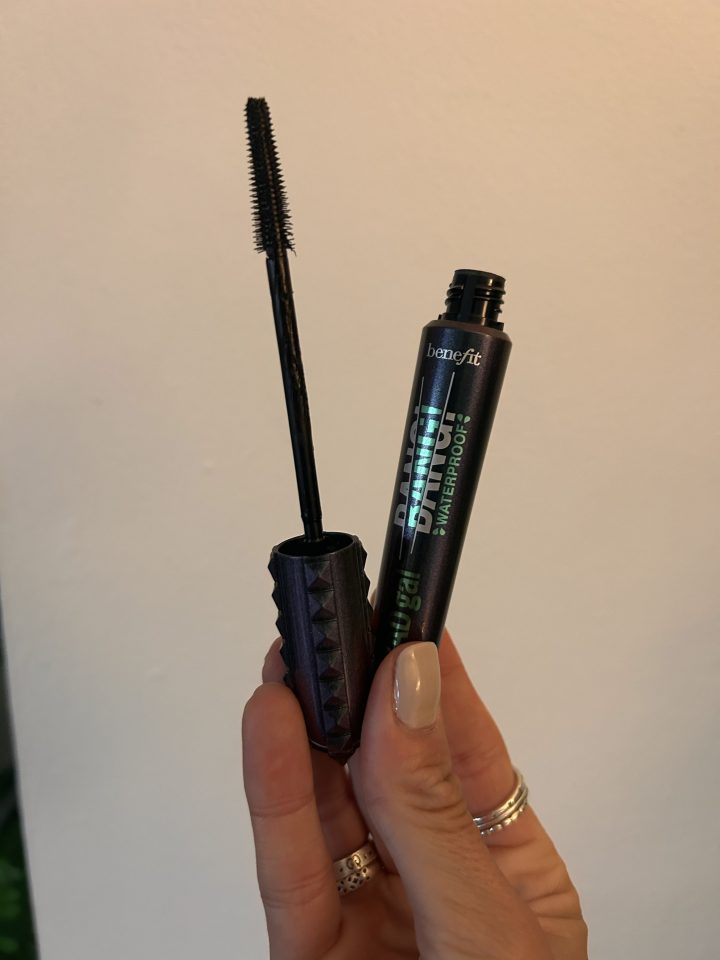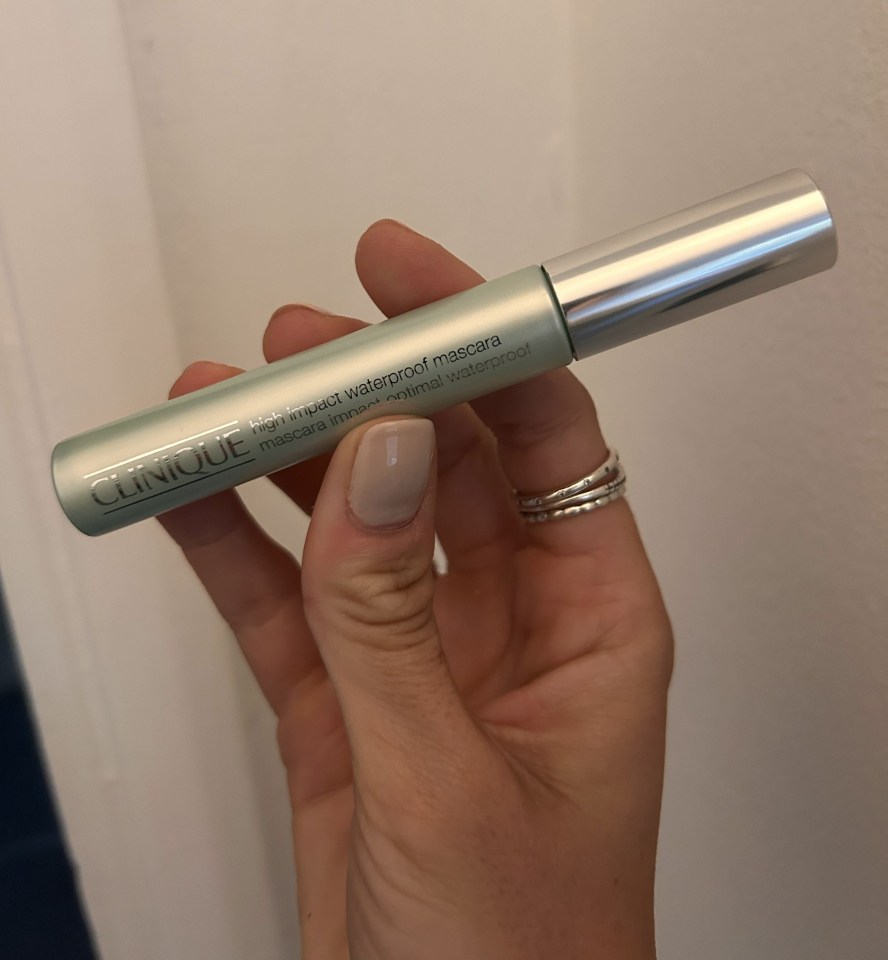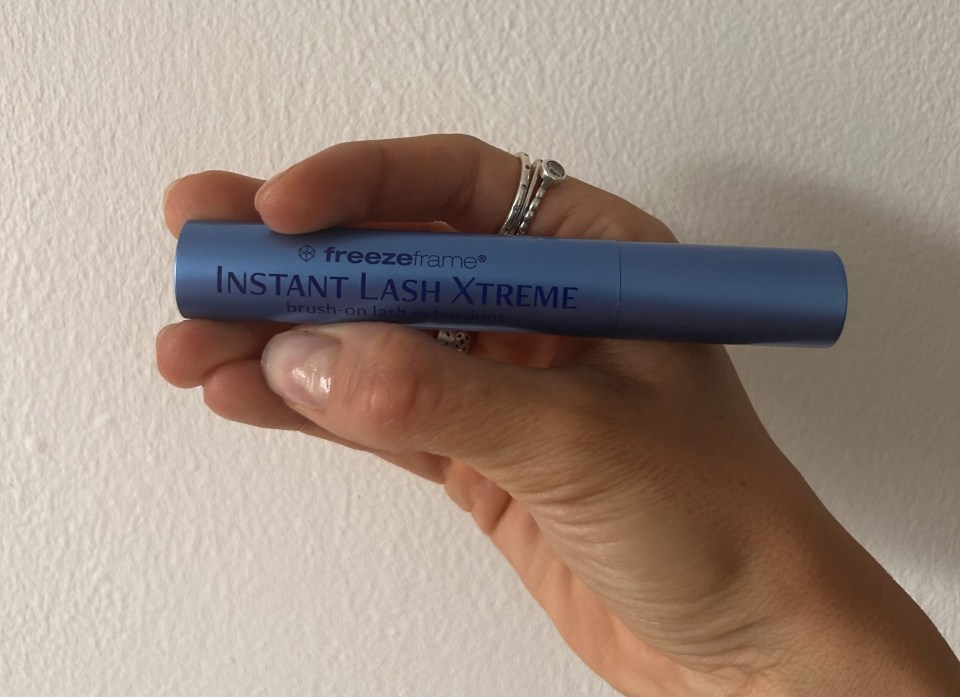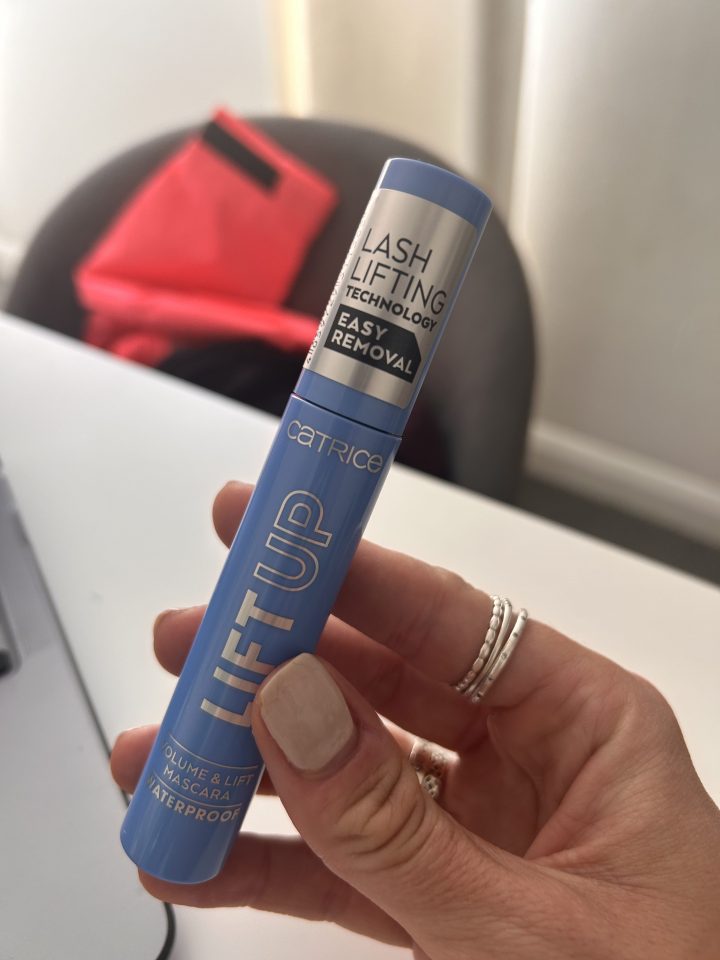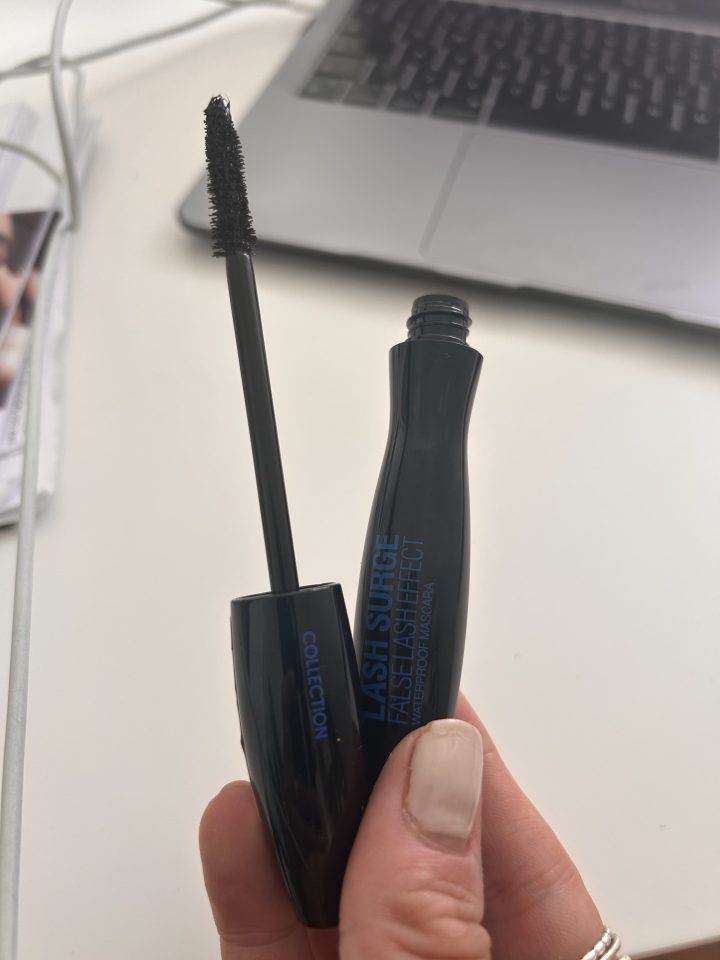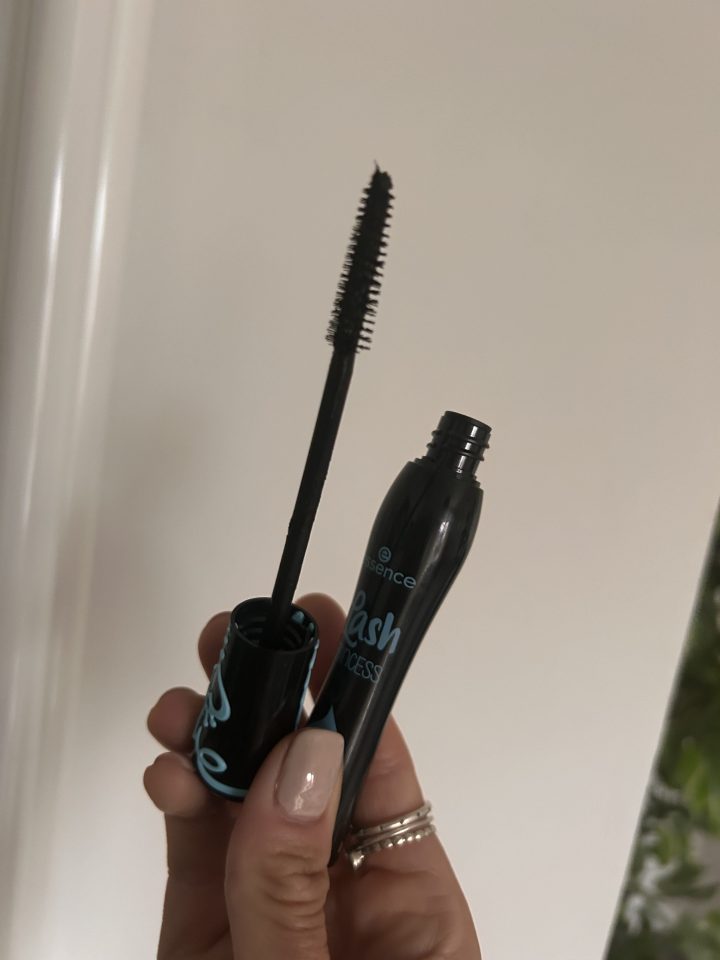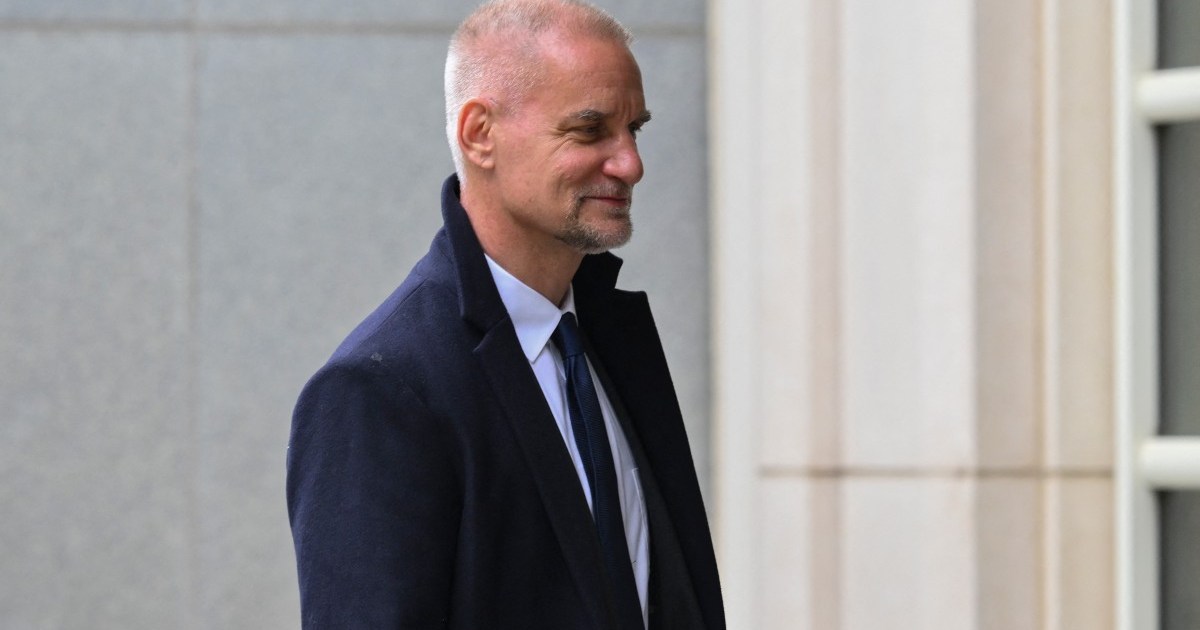David Holroyd is a former top dolphin trainer-turned-whistleblower – who says as long as the unwitting public keep paying to see dolphins in captivity, the more animals will die painful deaths
If you’re going on holiday this summer to Europe, Japan or the USA, chances are you’ll see signs to theme parks containing captive dolphins that have been trained to perform tricks for crowds.
Some may even offer ‘swim with dolphins’ experiences for an extra fee, allowing a small number of people to get into the pool with the dolphins to be towed by their dorsal fin, hug them and play with them.
But the former top dolphin trainer in the UK, who walked away from the industry after witnessing some of its horrors, has begged holidaymakers not to give a penny to these “hellholes” – because of the death, violence and illegal practices he’s claimed to have seen first-hand.
David Holroyd, now 72, was best known by his stage name David Capello when he worked with dolphins as a young man in the 1970s.
He was forced to leave his beloved animals behind when he suffered a mental breakdown after witnessing brutal scenes of cruelty towards the dolphins – a decision that has haunted him for the rest of his life. Now an author and campaigner, David wants to lift the lid on the conditions of places like Gulf World in Florida and Marineland Antibes in southern France are really like for the intelligent mammals kept imprisoned in too-small tanks.
Gulf World Marine Park in Panama Beach City has been criticised for a litany of faults and, on May 28, lost its fifth dolphin within the last year. While reports are still unconfirmed, the latest death is rumoured to be that of Soleil, a nine-year-old female bottlenose dolphin. The park’s Mexico-based parent company, The Dolphin Company, has not responded to The Mirror’s request for comment.
Britain experienced a dolphin craze in the 1970s, with many animals imported from America to entertain crowds at dolphinaria like Windsor Safari Park, Blackpool Dolphinarium and Brighton Aquarium, all of which have since closed down.
It was at the start of the decade that David, then aged 17, answered a newspaper advert calling for a “young person to present dolphins”. Out of 350 applicants, he was picked – and was quickly sent to a secret training pool in the small Yorkshire mining village of South Elmsall, which had been converted from a swimming pool to hold wild dolphins.
Most of the animals would have come from the ‘Killing Cove’, Japan’s Taiji, where each year hunters would drive hundreds of dolphins towards the shore and pen them in, slaughtering most for meat and capturing the young ones who had not yet left their pod to sell on to dolphinaria around the world. The horrors of Taiji have been widely reported, including in the 2009 documentary The Cove.
Many of the dolphins would arrive at South Elmsall traumatised and terrified, having been ripped from their social structures and crammed into tiny crates to be shipped to the UK. Some would refuse to eat – so David and his fellow trainers would have to force-feed them dead fish.
“We had a dolphin called Bubbles come in from the US, and when I checked her over it was like looking in a coffin,” David recalls. “She was void. She was so bad. I asked the handler who brought her, ‘Why did you bring this dolphin?’ He said, ‘Because she looks good.'”
Bubbles had refused to eat throughout her long journey from Florida to the UK because she had gone into shock when she was caught. “She was in shock for the rest of her short and miserable life,” says David. “And that dolphin never took a fish willingly. I force-fed her three times a day.”
The horrific procedure would mean catching the dolphin manually in the pool, tying gags to her upper and lower jaws to wrench open her mouth, and extra handlers pinning her down so that someone could push fish down her throat, “five at a time”. “She was trying to starve herself to death,” says David sadly.
Bubbles failed to thrive in the UK, and suffered mentally from the treatment she’d endured since being captured. David’s mentor warned him that Bubbles had been put on suicide watch because she’d started behaving erratically in her holding pen.
“Normally she just swam round and round and round, but one day I walked in and she suddenly started to speed up. I thought she was going to ram the wall, so I jumped in to the pool and grabbed her. She did hit the wall, but I’d taken the sting out because I’d got to her first. And I said to my friends, my colleagues, ‘I did the right thing. I saved her.’ And the look on their faces told me that I hadn’t done the right thing at all,” he remembers.
“I should have let her kill herself because she was in so much torment.”
Another dolphin called Scouse was packed into the same cargo hold as Bubbles and suffered horribly when he was unloaded in the UK. “The handler tried to reach Scouse, who was laying in a sling inside his transport. Scouse started to thrash around and fight, and then his sling tore and took out both of his eyes. He was instantly blinded,” says David.
While animal welfare legislation has been tightened in the UK since David’s time, dolphins kept in captivity in other countries still face brutal and cruel mistreatment.
One now-closed theme park in a country visited by millions of British tourists removed all the teeth from a dolphin who had nipped a child during a swimming with dolphins session, in a case that is still going through the courts.
“Of course, the dolphin continually got infection after infection because it was kept in rotten water,” says David. “And it died. This happened less than two years ago.”
In any theme park that features captive dolphins, the water will be treated with chlorine to kill off bacteria. But the very act of bleaching the water causes untold damage to the animals – and one giveaway sign of poor health is the colour of their skin.
“In captivity they’re almost silver, they look gorgeous,” says David. “But that’s not their true colour. In the wild they’re slate-grey to almost black. That beautiful colouring is due to chlorine bleaching, it bleaches the skin. So if it’s doing that on the outside, what do you think it’s doing on the inside? It’s poison. As soon as they’re brought into captivity, it’s poison.”
Because most marine parks have tanks that are too small for their captive dolphins – who in the wild can swim up to 100 miles a day – more chlorine is dumped in their pools to keep the water germ-free.
“The higher the chlorine levels, the more it starts to burn,” says David. “You can only do that for so long before your dolphins won’t perform and will start vomiting. You’ll start to see their skin peeling. And once the chlorine dies, the water becomes a toxic mix of spent chlorine, faeces and urine.”
The only way to save the dolphins at that point is to drain the pool entirely and fill it with clean, fresh water – but as that is expensive, David claims management teams are loathe to let it happen.
“I was constantly fighting the management about water,” he says. “I used to sneak in at midnight with a friend, move my dolphins to a holding pen and drain their tank. The problem was you could never re-fill a pool quick enough. So when the managers all came in the next morning, they only had half a pool. I was threatened so many times with the sack. But I wouldn’t leave my charges in filth-ridden cesspools.”
But it was David’s skill with the dolphins that kept him in a job, he believes. The very first animals he trained, Duchess and Herb’e, became known as the Perfect Pair, because they could move in perfect harmony – even performing a complex somersault routine dubbed the Shadow Ballet at their home in Knowsley Safari Park – which at that time was managed by the BBC naturist Terry Nutkins.
“They were phenomenal,” says David. “And yet you won’t find them in the history books because every one of my dolphins died within six months after I walked.”
It was, claims David, company policy to destroy the records of any captive dolphin after their death at that time in the UK, which he alleges was to cover up the high rate of casualties. “In my day, a commercial dolphin’s lifespan was three to four years. In the wild, they can live 50, 60, even up to 70 years. But in captivity they had the stress of the transports, chlorinated water and so on.”
On his last day in the job, David witnessed the tragic death of Herb’e – also known as Flippa – the dolphin he had trained from scratch and shared a special connection with.
Herb’e and Duchess were being transported from Knowsley, Merseyside, to Rhyl in North Wales on Terry Nutkins’ instruction, and were loaded onto canvas slings so they would stay in place during the van journey.
But the slings were too small, so the accompanying vet said he would cut them to make more room for the dolphins, despite David’s protests. “I had alarm bells ringing… I put my hand into their box and I could see Duchess’ blue eye looking at me. I put my hand over her eye as I knew what was going to happen – the vet’s scalpel went through the sling and into my hand,” David recalls.
The vet insisted David go straight to hospital for stitches, and against his better judgement he left his beloved dolphins to get treated. The animals were put outside in a van on a cold November day and caught pneumonia.
“Herb’e never recovered,” David says starkly. “When I got to Rhyl he was already unloaded into the pool. I remember how he died to this day: I was in the water and I heard people screaming because Herb’e had disappeared below the water.
“I dived down to get him and all I could see was Herb’e looking at me sinking tail-first. When dolphins die they disembowel, so I was swimming through all of this muck with bits of him stuck to me as I was going down. He fell very slowly to the bottom of the pool, and it was like having an out-of-body experience, I was watching myself on the bottom of a pool cradling a dead eight-foot dolphin.
“I pushed him up to the top, all I could hear was the echo of screams under 13 foot of water. All these hands came and dragged him out of the water. I never saw Herb’e again. I got out of that pool. I walked downstairs to the changing rooms and I stole five log books relating to Herb’e’s life, walked to my car and I never set foot on the dolphin stage again.”
Traumatised by what he’d seen and been part of, David had a mental breakdown and turned down the opportunity to become head trainer of Ramu III, who was then Europe’s only captive orca, held by Billy Smart’s Circus at Windsor Safari Park.
Within six months of his decision to quit his high-flying career, all six of the dolphins David had formed a bond with died. Scouse, the young dolphin who had lost his eyes during his transport, was killed when he ingested a razor blade.
Duchess was taken back to Knowsley, where the vet said she died of a broken heart. “It always tortures me because I always said to her I would never leave her, and I did,” says David.
“I want to put my wrongs right if I can. They all escaped the dolphinarium when they died. I never did. It’s haunted me throughout my life.”
Now David, who co-wrote The Perfect Pair dolphin trilogy with his sister Tracy, campaigns to close down the marine zoos that still keep dolphins and whales captive.
“These animals weren’t meant to be captive. In the wild they swim and ride waves for hundreds of miles They can’t do that in a concrete fishbowl,” he says.
“If you want to see dolphins or whales, take a boat trip. Go and see them in their natural environment, as they should be seen, in the wild. Because while the public are still paying money to feed this vile industry, this isn’t going to stop.”












